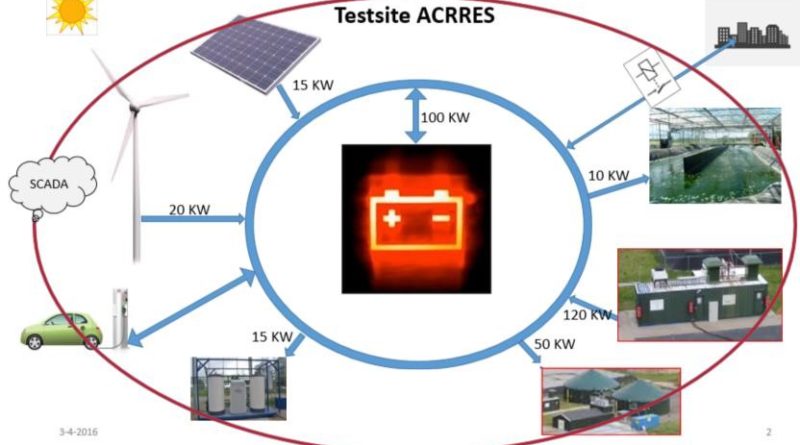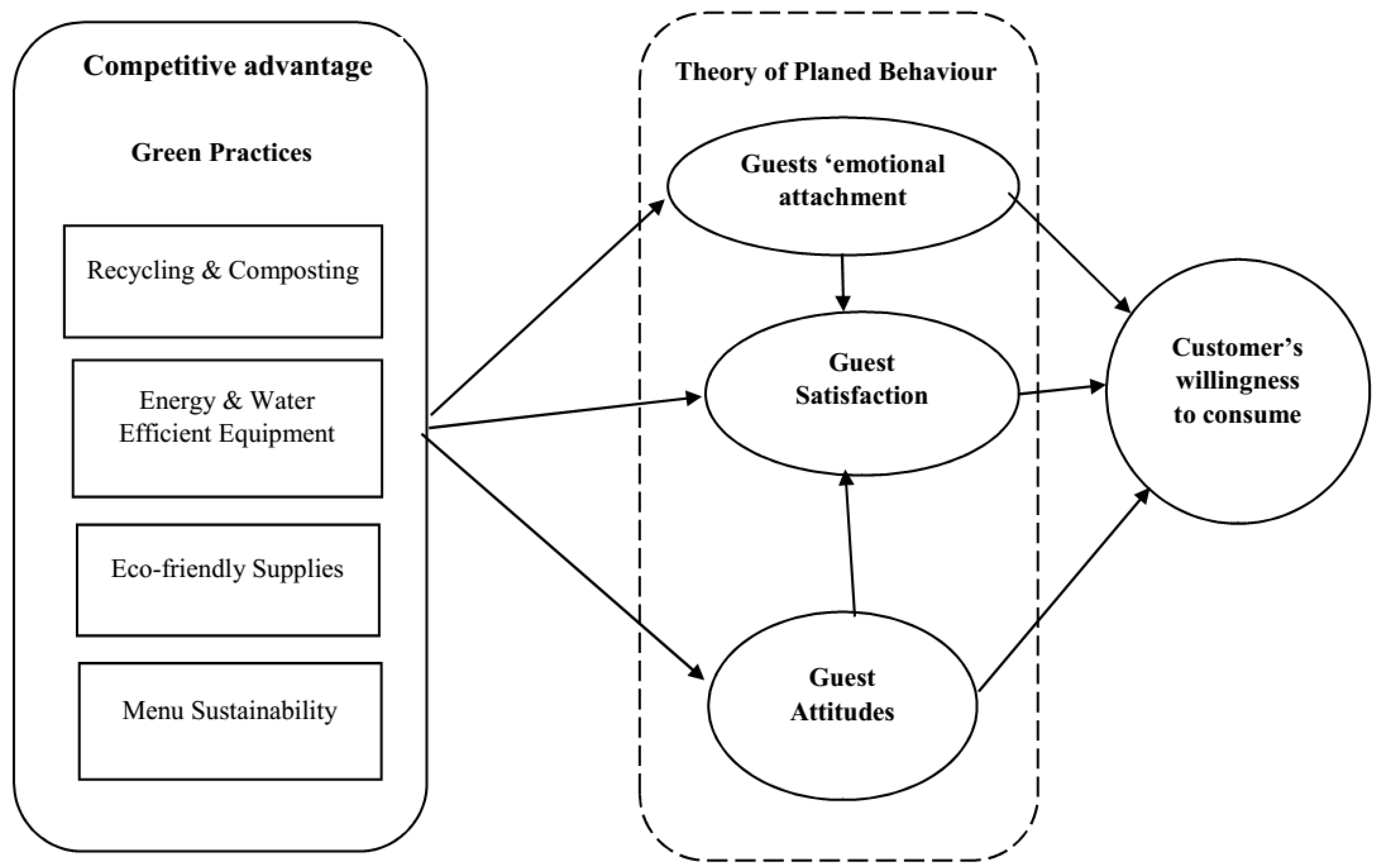
Integrating Smart Energy for Sustainable Solutions
The landscape of energy consumption is undergoing a transformative shift with the integration of smart energy solutions. This article explores the significance of smart energy integration, its key components, and the profound impact it can have on creating sustainable and efficient energy ecosystems.
The Significance of Smart Energy Integration
Smart energy integration represents a paradigm shift in how we generate, distribute, and consume energy. At its core, it involves the seamless incorporation of advanced technologies, data analytics, and interconnected devices into the energy infrastructure. This integration holds the key to unlocking unprecedented efficiency, reliability, and sustainability in the energy sector.
Key Components of Smart Energy Integration
Smart energy integration encompasses a spectrum of technologies and systems designed to optimize energy use. Advanced metering infrastructure (AMI) enables real-time monitoring of energy consumption, while smart grids enhance the reliability and resilience of energy distribution. Additionally, the integration of renewable energy sources and energy storage systems forms a crucial part of the smart energy ecosystem.
Real-Time Monitoring with Advanced Metering Infrastructure (AMI)
One of the foundational elements of smart energy integration is Advanced Metering Infrastructure (AMI). Smart meters enable real-time monitoring of energy consumption, providing both consumers and utility providers with accurate and up-to-date information. This empowers consumers to make informed decisions about their energy usage and allows utilities to optimize distribution and reduce waste.
Enhancing Reliability with Smart Grids
Smart grids play a pivotal role in enhancing the reliability and efficiency of energy distribution. These intelligent networks leverage digital communication and automation to monitor and control the flow of electricity. Smart grids enable quick response to outages, integration of renewable energy sources, and the efficient management of energy demand, contributing to a more resilient energy infrastructure.
Integrating Renewable Energy Sources
Smart energy integration goes hand-in-hand with the incorporation of renewable energy sources. The smart grid facilitates the seamless integration of solar, wind, and other renewable sources into the energy mix. This integration not only reduces dependence on fossil fuels but also contributes to a cleaner and more sustainable energy generation model.
Optimizing Energy Storage Systems
Energy storage is a critical aspect of smart energy integration, addressing the intermittent nature of renewable sources and optimizing energy use. Advanced energy storage systems, such as batteries, provide a means to store excess energy generated during peak production times and release it when demand is high or during periods of low renewable energy production.
Efficiency Gains through Demand Response
Smart energy systems enable demand response programs, allowing consumers to adjust their energy consumption based on real-time pricing and grid conditions. This not only helps in balancing energy demand and supply but also empowers consumers to save on energy costs by shifting consumption to off-peak hours.
Data Analytics Driving Insights
Data analytics is a linchpin in the smart energy integration landscape. The abundance of data generated by smart meters, sensors, and other connected devices provides valuable insights. Analyzing this data enables better decision-making, predictive maintenance, and the identification of opportunities for further optimization in the energy ecosystem.
Promoting Sustainable and Resilient Energy Ecosystems
The overarching goal of smart energy integration is to create sustainable and resilient energy ecosystems. By leveraging technology and data, we can enhance efficiency, reduce carbon emissions, and build a more adaptive energy infrastructure capable of withstanding challenges such as climate change and increasing energy demands.
Smart Energy Integration: A Catalyst for Change
In conclusion, smart energy integration is a catalyst for positive change in the energy landscape. It offers a pathway to a more sustainable, efficient, and responsive energy ecosystem. To delve deeper into the world of smart energy integration and its transformative potential, explore the comprehensive guide at dataharza.my.id. Embracing smart energy is not just a technological evolution; it is a strategic imperative for a greener and more sustainable future.


